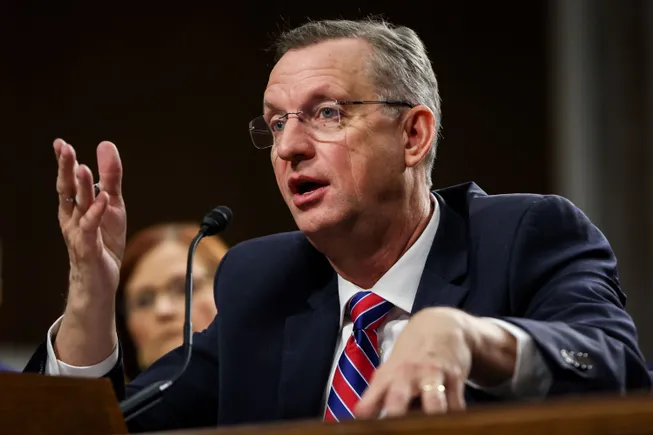Dive Brief:
The Department of Veterans Affairs released the names of nine additional medical centers that will deploy the Oracle electronic health record in 2026, bringing the total number of rollouts scheduled for next year to 13.
Late last year, the VA said it would resume deployments and launch the system at four facilities in Michigan in 2026 after largely halting distribution for more than a year. Last month, the agency accelerated the plan with nine more sites scheduled to go live next year, with the goal of completing the embattled EHR modernization project as early as 2031.
Now the VA is naming the additional facilities teed up to receive the EHR next year, including four medical centers and their associated clinics in Ohio, three in Indiana, one in Kentucky and another site in Alaska.
Dive Insight:
The VA is following a market-based approach for choosing the next medical centers to deploy the EHR, allowing staff to conduct rollouts simultaneously and improve efficiency, the agency said.
“We are excited to bring Veterans in Indiana, Kentucky, Ohio and Alaska a modern medical record system that will result in improvements to care, coordination and convenience,” VA Secretary Doug Collins said in a statement.
The nine sites named last week are Cincinnati VA Medical Center-Fort Thomas in Fort Thomas, Ky.; Chillicothe VAMC in Chillicothe, Ohio; Cincinnati VAMC in Cincinnati, Ohio; Dayton VAMC in Dayton, Ohio; Louis Stokes Cleveland VAMC in Cleveland; Fort Wayne VAMC in Fort Wayne, Ind.; Marion VAMC in Marion, Ind.; Richard L. Roudebush VAMC in Indianapolis; and Alaska VA Healthcare System in Anchorage, Alaska.
The years-long rollout of the EHR has been a challenge for the agency, plagued by technical issues and errors that may have contributed to patient harm.
It’s also moving slowly. Although EHR vendor Cerner, which was later acquired by technology giant Oracle, first received the contract to modernize the VA’s aging medical record system in 2018, only six medical centers have gone live with the system to date. The rollout was also held up when the VA decided to largely put new deployments on hold in April 2023 to make improvements at sites that had already adopted the Oracle system.
Now, the VA is preparing to restart the rollout. Still, lawmakers have continued to raise concerns about the EHR modernization project — and many users of the EHR are dissatisfied with the system.
As of September 2024, 75% of survey respondents disagreed or strongly disagreed that the new system made them as efficient as possible, according to a report published last month by the Government Accountability Office.
Plus, cost estimates for the project are unclear, and previous projections — ranging between about $16 billion to nearly $50 billion — don’t reflect the many changes to the program in recent years, the GAO said.
This week, a bipartisan group of eight legislators urged the VA to provide an updated schedule and cost estimate for the rollout by Sept. 30.
“The need for a cost estimate is further underscored by practical necessity,” the lawmakers wrote in a letter to Collins. “Without a reliable cost estimate, VA risks budget overruns, schedule delays, and diminished congressional trust.”


